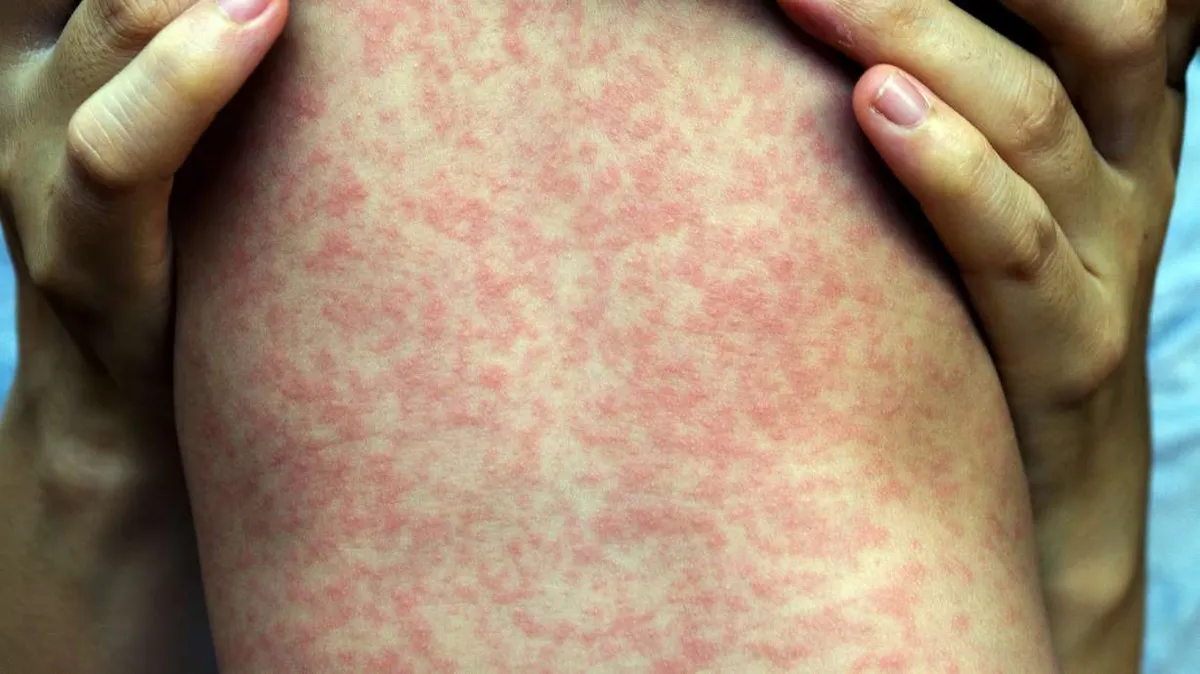
SALT LAKE CITY — In a significant public health update, Utah public health officials announced on Thursday that two additional individuals have been diagnosed with measles, raising the total number of cases in the state to five. According to a news release from the Utah Department of Health and Human Services, one of the newly identified cases involves a minor, while the other is an adult.
Among the newly diagnosed individuals, one is a resident of Utah County, while the other hails from the southwest health district. It's noteworthy that out of the five confirmed cases in Utah, two individuals have faced hospitalization due to complications, though both have since been released.
The release from health officials highlighted that two of the five individuals diagnosed with measles in Utah are unvaccinated pregnant women. These details emphasize the importance of vaccination, especially for vulnerable populations.
This recent increase in cases follows the identification of two other measles diagnoses just two days prior, also from Utah County and the southwest health district. Health officials revealed that during the infectious period of the first individual diagnosed on Tuesday, the person visited several public locations, including the Timpanogos Regional Emergency Room on June 14 between 2:14 p.m. and 7:02 p.m., and the Parkway Health Center in Orem on June 13.
Individuals should be aware that early symptoms of measles typically manifest as high fever, cough, runny nose, or red eyes, generally appearing seven to 14 days after exposure. A distinctive rash usually develops approximately four days after the onset of fever. Those who believe they have been exposed to the virus or are exhibiting symptoms are urged to contact their health care provider before visiting a clinic to minimize the risk of spreading the disease.
Fortunately, the majority of Utahns, over 90%, have been vaccinated against measles and are thus highly protected against this highly contagious illness. The Utah Department of Health stresses the importance of maintaining high vaccination rates to protect the community, particularly young children, pregnant women, and individuals with compromised immune systems who are at greater risk for severe complications from the disease.
As the situation develops, health officials will continue to monitor the outbreak and provide updates to ensure public safety and health.